Glacier Express Is One Of The Best Train Rides In Switzerland
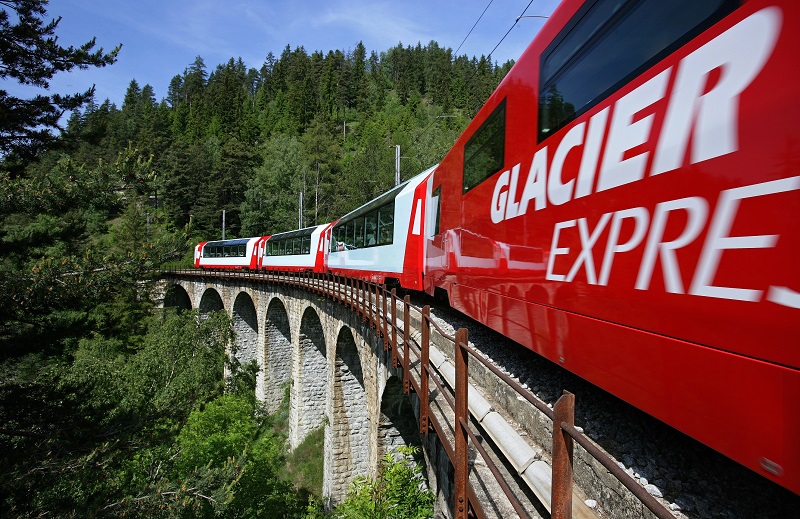
Glacier Express – The slowest express train in the world.
I don’t know about you, but train rides hold a very special place in my heart. I’ve traveled quite a lot by train when I was younger, and while I’ve been to the same places by car and by bus, a train always seemed to be a better choice. That’s not necessarily because train rides are cheaper, but they are more appealing to me somehow, probably because they always allowed me to admire the scenery better, and I could also stretch my legs whenever I felt like it by taking short walks through the railroad car. Traveling this way is also quite safe considering the lack of traffic, and as long as the accommodations are adequate and the company pleasant, a train ride sounds like a very nice way to get from A to B.
Why Switzerland?
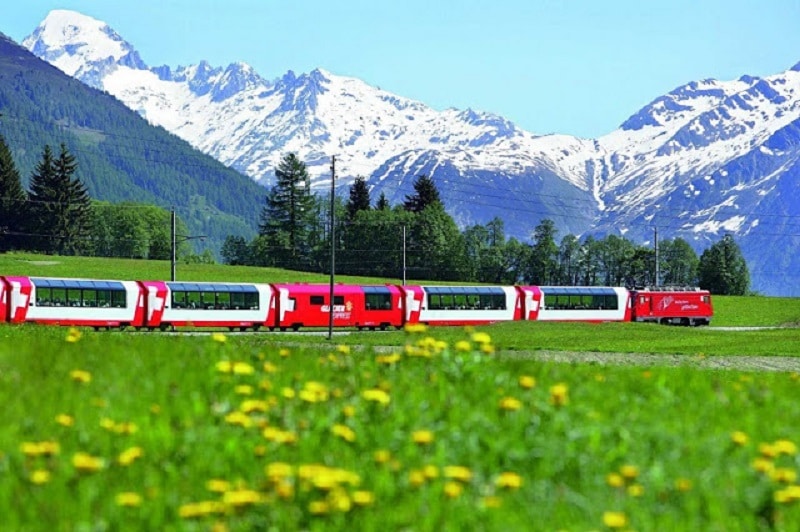
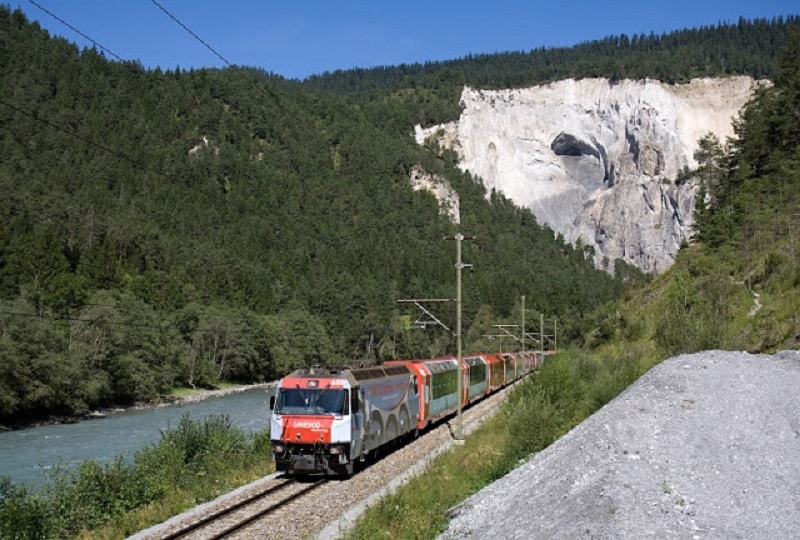
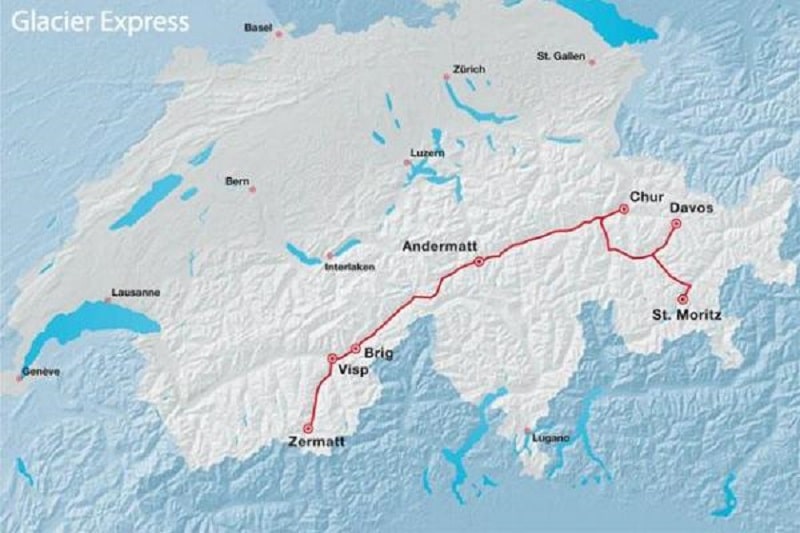
Why is it so slow?
As I mentioned before, the Glacier Express is known as the “slowest express train in the world”, and there is definitely some truth to that considering the fact that it covers 181 miles or 291 kilometers in seven and a half hours. The train can be operated all-year-round, and it is used by over 250,000 people each year.
Between 1986 and 1993, the train received 18 first class panorama cars, and it was equipped with even more in 2006 when several scenes from the successful documentary called The Alps were shot inside it. The journey of the Glacier Express can be divided into four different sections, namely the Abula Line, Oberalp Section, Furka Section, and the Mattertal Line.
What about the route?
The train departs from the St. Moritz station at an elevation of 5,823 feet (1,775 meters) and heads towards the Engadin plateau. Next comes Val Bever and the Albula Tunnel underneath the Albula Pass, Preda (Abula Valley’s first station) and the villages of Bergün and Bravuogn. The section between these villages is particularly noteworthy because it features considerable differences of altitude, which means that the train has to pass through several spiral loops in order to ascend successfully.
The most picturesque part of the Abula line is the Landwasser Viaduct, which is a limestone railway viaduct that spans the Landwasser River. The line ends at Chur city at an elevation of 1,919 feet (585 meters), and this is where the Oberlap section begins.
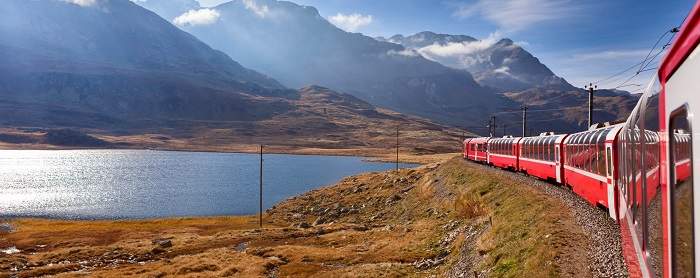
From Chur, the train travels on the Oberlap line to the gorge of Ruinaulta before eventually reaching Sedrun. The line’s highlight is the Oberalp Pass itself at 6,670 (2,033) feet above sea level. The train then heads to the municipality of Andermatt in the canton of Uri.
Finally, the Mattertal line involves a trip from Brig to Visp, passing through the valley of Mattertal and an ascend through the villages named Stalden, St. Niklaus and Randa. The line and the journey both end at Zermatt at 5,302 feet (1,616 meters) above sea level.
